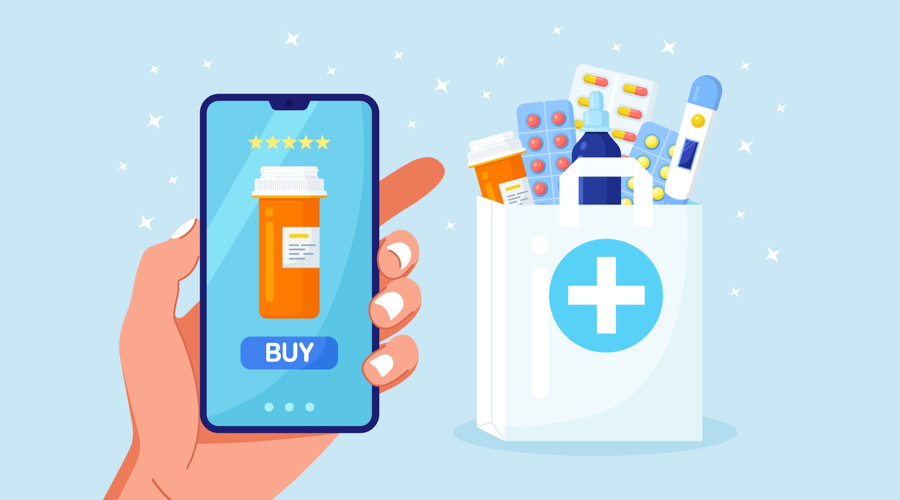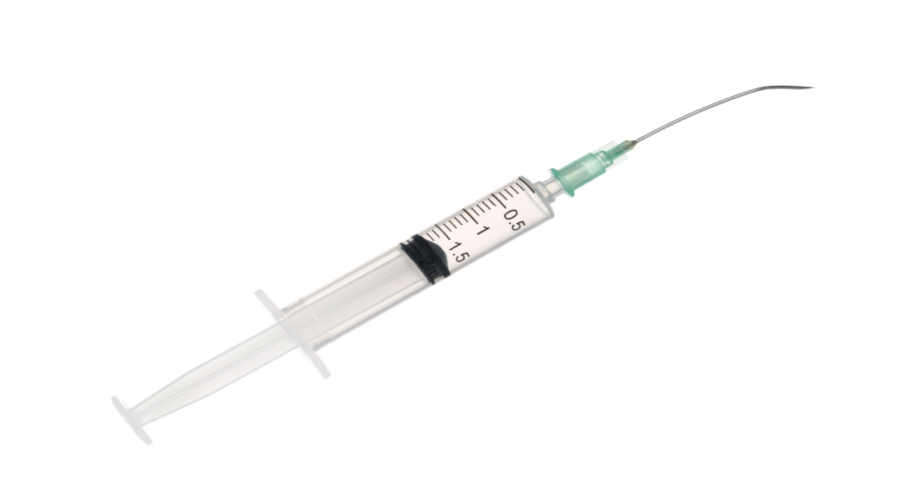If you’re looking to differentiate your pharmacy’s marketing strategies, expand your pharmacy’s reach, and allow patients to shop with greater ease, now’s the time to adapt to the mobile-first world we live in. In the United States, 294 million people have smartphones, and they access their phones up to 150 times a day, according to Slick Text. Smartphones go everywhere with your patients — to their bedrooms, to the bathroom, and sometimes even into the shower.
Check out these six mobile trends that can enhance your independent community pharmacy’s patient engagement and front-end sales.
1. Mobile payments
Mobile wallets were already on the rise — and then came the coronavirus pandemic, which created a new need for contactless payment. Contactless methods increased by 69 percent throughout the first part of 2020, according to the National Retail Federation.
One of the most popular ways to pay using the phone is through apps like Google Pay and Apple Pay. Your patients add their credit card information to the apps, and all they have to do is place their phone near your point-of-sale terminal.
To get the most out of these mobile payment apps, you may have to upgrade your POS terminal to ensure it’s compatible with new technology.
PayPal and Venmo are other ways patients are paying with their phones. To cater to these patients, you need to acquire a QR code that they can scan from their app and send their payment.
If you don’t have a modern POS terminal, you can still take mobile payments from PayPal and Venmo without making expensive upgrades.
2. In-app shopping
A mobile app for your pharmacy is a must these days. It allows patients to refill prescriptions on their own time rather than tangling up the pharmacy phone lines during business hours.
But your mobile app can also help you make the leap to eCommerce. In-app mobile shopping is the perfect complement to services you may have added or built out during 2020 like delivery, drive-thru, or curbside pickup.
Give patients the option to add popular front-end items to their basket and pay for them in the app while they are refilling their prescriptions. Then they can pick them up or get them delivered with their refills.
Adding product information into an app may take a little work upfront, but it’s an easy way to increase basket size — especially for patients who aren’t spending as much time in the store as they used to.
3. Shoppable Instagram posts
Since the dawn of social media, it’s been a powerful tool to market your business. But now, social isn’t just for marketing — it’s for shopping, too.
Last year, Instagram introduced shoppable posts that allow users to buy products they see in photos directly from the app.
To take advantage of this feature, start by creating a storefront that includes your most ‘gram-worthy front-end items. Then, when you post photos that include those items, you can add product tags so your followers can purchase them from the app.
If you’re not ready for this level of online logistics, you can still get a lot out of Instagram by using a service like Linkin.bio to connect your social pages to your website. This will help your followers find more information about the products and services you offer.
4. Optimize for voice search
“Hey, Google. Where can I get my prescriptions filled?”
People are relying on their smartphones’ virtual assistants like Siri, OK Google, and Alexa to help them find what they need online. To connect with existing and potential patients who use voice search, you have to think hard about your search engine optimization.
One of the most important things to do is make sure your Google My Business listing is up to date. A complete profile will help you show up higher in local searches.
Another way to help your rankings in voice search is to create a Frequently Asked Questions page that plainly lays out the products and services your pharmacy offers. That way, you pop up right away with an answer when patients search to solve a problem, like, “Where can I get diabetic shoes?”
5. Text marketing
Emails have an open rate of 20 percent, while text messages are opened nearly 98 percent of the time. If that stat surprised you, it might be time to pivot to text message marketing.
Invite patients into your store by sending them reminders about sales and exclusive promotions. You can even attach images of products with your logo over them to increase brand awareness.
Remember that if you’re marketing to patients with text messages, you have to follow regulations from the Cellular Telecommunications and Internet Association, which sets some requirements for text marketers like:
- Asking patients to opt-in to receive messages
- Including your business name, what patients have subscribed to, and instructions for unsubscribing or receiving help
- Disclosing message and data rates
When sending texts to patients, be respectful by not sending them too early or too late in the day. And only send them in moderation — two to four text messages a month can make a big impact, but more than that may prompt patients to unsubscribe.
6. QR codes
Mobile marketing doesn’t only have to reach patients while they’re outside your pharmacy — you can use smartphone technology to get patients more engaged while they are shopping in your store.
Display quick response (QR) codes to market the products and services your pharmacy offers.
When a patient scans a QR code displayed on your shelves or counters with their smartphone, the code can take them to a web page or video that gives them more detailed information about what a product does or the benefits of your services.
For example, if a patient is unsure about whether to buy a product like CBD, the information linked to a QR code can help them become a more informed consumer.
Don’t use QR codes for every single product on your shelves because they’ll just fade into the scenery, but a few strategically placed codes can generate intrigue and interest.
A Member-Owned Organization Serving Independent Pharmacies
PBA Health is dedicated to helping independent pharmacies reach their full potential on the buy side of their business. The company is a member-owned organization that serves independent pharmacies with group purchasing services, expert contract negotiations, proprietary purchasing tools, distribution services, and more.
An HDA member, PBA Health operates its own NABP-accredited (formerly VAWD) warehouse with more than 6,000 SKUs, including brands, generics, narcotics CII-CV, cold-storage products, and over-the-counter (OTC) products.
Want more pharmacy business tips and advice? Sign up for our e-newsletter.












